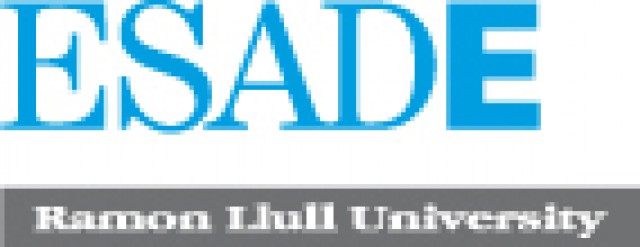
Recovering strength: manufacturers and retailers adapting to a ‘new’ consumer
After a recession context, the economic climate has begun to show encouraging signs of recovery. At a time when the economy is regaining strength, both national brands and the majority of retailers need to recover some of the ground lost during the last four years, especially in those countries where consumption levels decreased during the crisis. In doing this, knowing the behavior of the ‘new’ consumer that emerged after the recession context is essential for both manufacturers and retailers.
Marketers are facing a consumer with a different shopping behavior, especially in the context of the Fast Moving Consumer Goods (FMCG) industry. There are indications that this ‘new’ consumer visits more stores, and shops more often but includes fewer items per basket. In addition, this consumer seems hypersensitive to price and actively looks for special offers and discounts before entering the store, even when more decisions appear to be taken in front of the shelf. Whilst during recessionary times it is generally easy to forecast how shoppers will react to marketing decisions, as most markets recover their strength, behavior is getting more unpredictable than ever.
Without any doubt, this new scenario offers new insights and opportunities for the whole industry. Manufacturers are advised to jointly plan with their retail partners, share information and work together; they should persuade retailers that stocking national brands benefits the store in terms of traffic and sales. On the other hand, retailers must focus on increasing their value as private label seems to be losing momentum in many countries. Retailers have to improve consumers’ shopping experience by adopting a shopper-centric approach. This value has to be developed in the physical store as well as in the online context. E-commerce is called to complement the offline channel, and it is expected to grow in the FMCG market as new forms of delivery, like click-and-collect, develop.
The targeted topics are, but not limited to, the following:
· Branding decisions in the online context
· Comparing NBs’ and PLs’ role in emerging markets with different levels of development
· E-commerce and M-commerce
· Managing NBs and PLs at different phases of the shopping cycle
· Retailers investing in their own manufacturing capacity
· Optimizing assortment range at different levels (locally, regionally, nationally)
· Improving PL value
· Sending the right message to the right audience: communication decisions for NBs and PLs
· Co-branding decisions for NBs and PLs
· Supply chain management
· Managing brand buzz for NBs and PLs
· Retailers selecting manufacturers for their PL portfolio
· Building brand equity in the context of NBs and PLs
· Addressing branding decisions from an omnichannel perspective
· Analyzing the development of organic and local-made PLs
· Balancing the customer base: attracting new customers vs. retaining old customers
· Strengthening the relationship between manufacturers and retailers
· Sharing information for building the ‘right assortment’
· Local vs. global NBs in emerging markets
· Resolving conflicts in the manufacturer-retailer interface
· Consumer preferences for NBs and PLs
· Delisting NBs and the effects on the distribution-channel relationship
· Price, promotion and shelf-placement decisions for retailers’ portfolios
· Optimizing shelf-space distribution between NBs and PLs
· Developing a ‘modern’ PL tiered strategy including new-value and super-premium PL ranges
· Product innovation decisions for NBs and PLs
· Recent food and non-food strategies for NBs and PLs
· Integrating offline and online channels






